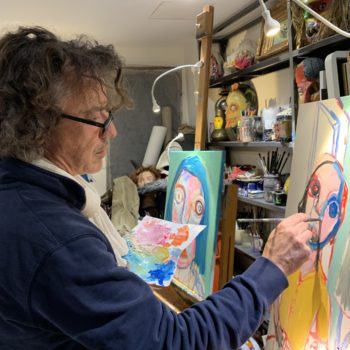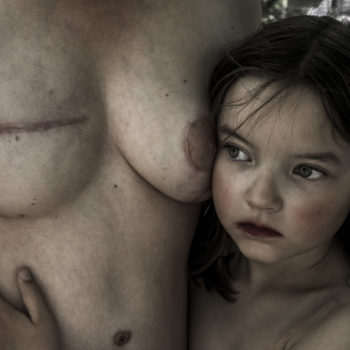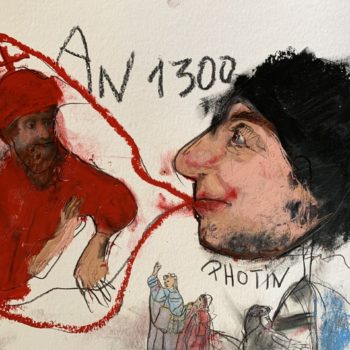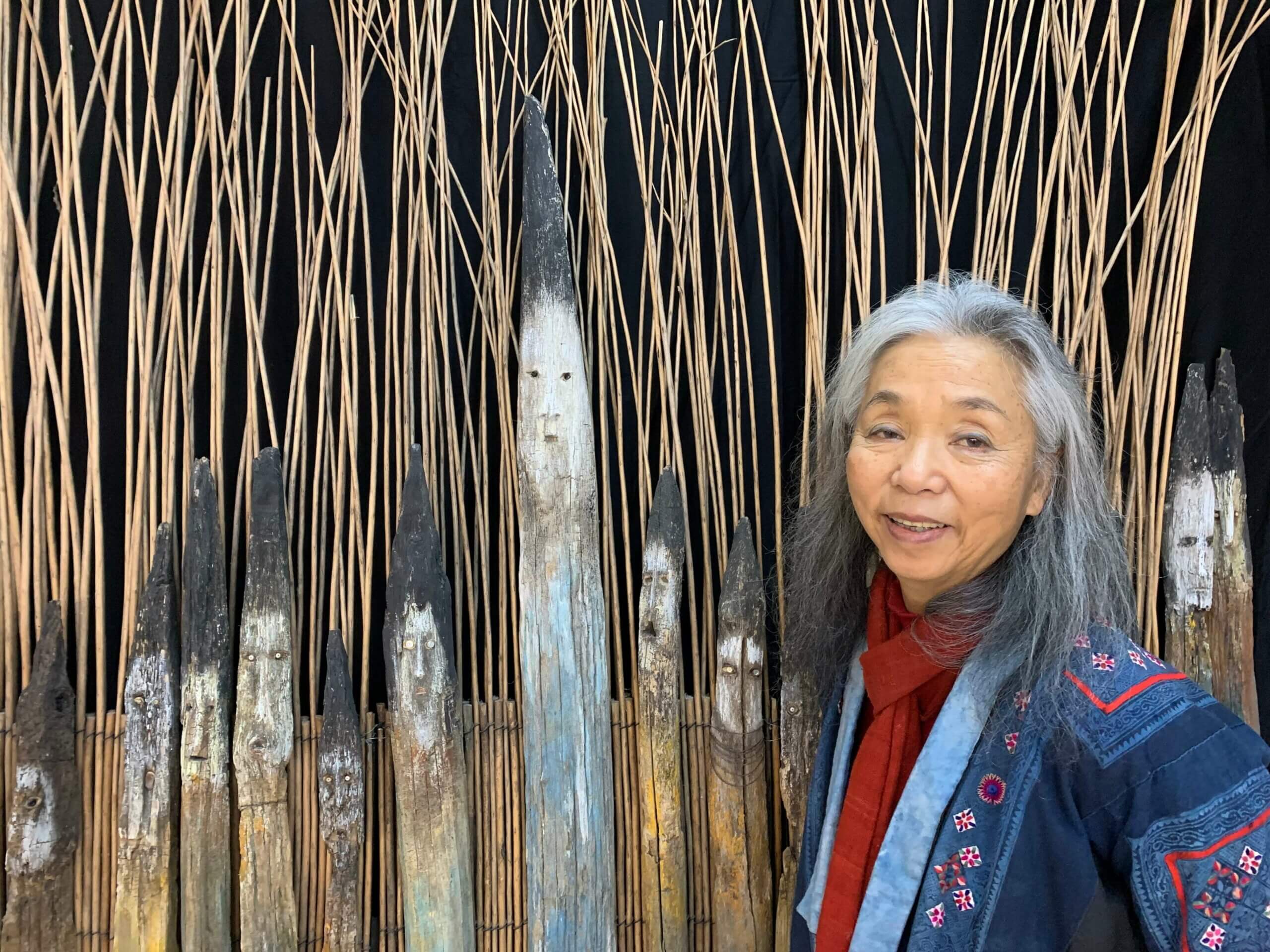
TÔ Bich Haï, artist at free with Outsider Art
- Post published:30 January 2024
- Post category:Meet the artists
During the exhibition “La Fabuloserie” (January 25 – August 25 2023) at the Halle Saint Pierre in Paris, one artwork in particular caught our eye: TÔ Bich Haï’s assembly of stakes. From emotion to research, Artistes Actuels went to meet the artist in his studio.
From classical art to Outsider Art
In theory, an artist with an academic training will develop art distant from the spontaneity and sparkle of Outsider Art. But this is an apriori, and experience teaches us to be cautious.
TÔ Bich Haï’s artistic evolution follows an astonishing return to living sources. Indeed, the artist was born in northern Vietnam near the border with China in 1947, into the Tay ethnic group, whose culture is oral and shamanic. As the country was then a French colony, she received an education steeped in French culture and European ” Fine Arts “. At the age of 20, she left Vietnam, arriving first in Switzerland, then in France in 1968.
The first part of her artistic style was based on classical codes. Bich Haï painted Balthusian scenes using oils, with the children of the Burgundy village where she had settled. Then one day, the children grow up and leave. All that’s left are the toys. TÔ Bich Haï then embarked on a second phase of her artistic activity: she restored dolls such as the prestigious Parisian Thuillier, Schmitt and Jumeau. She also rescued the more rustic “Pauline” dolls.
This passion led her to explore working with wood, plaster, papier-mâché, leather, rags, wire or horsehair…
Diving into Art Brut
When a violent health problem brought her close to death, her life was turned upside down, and so was her creation. In an instinctive and therapeutic gesture of life, she created two dolls, “Aspirin and Penicillin”: these two dolls are the receptacle of her desire to vomit up all medicines. For her, reading the instructions is like reading an incantation.
With Aspirin and Penicillin, she makes a radical return to the shamanic traditions of her childhood.
Since then, Bich Haï has integrated elements rejected by the earth, sea or flames into her creations. She collects what she calls life dust, reveals characters and sets souls free.
Wandering souls and dusts of life
Transforming the vine stake into a holy figure
The acacia stake, a very hard wood, remains embedded in the earth to support the growth and production of the grapes. As the wood ages, it absorbs the fluctuations of the weather: sun, heat, rain, cold, frost… The firm, straight stake becomes a tired stake with traces of the ages. Buried in the earth, it has sucked up the humus and penetrated the underground world. One day, worn out, it is discarded and replaced. That’s when Bich Haï picks it up and puts it right-side-up, head up. Bich Haï. From a simple stake, it becomes a true pious one.
For TÔ Bich Haï, the work or expression already exists, she guesses the character and helps it to become visible with as little intervention as possible. A few seeds or buttons are all she needs to light a flash of life, and a few pigments to dress souls.
Unveiling stories in stone
Bich Haï finds in the old vineyard and garden stakes slaves too long in chains and human characters.
Old stones, too, communicate with her, and the rubbing technique offers her an infinite oracle.
She applies tissue paper to the stones of ancient buildings full of history. By rubbing, she obtains a framework on which she embroiders drawings in graphite.
TÔ Bich Haï has the special skill to see what others cannot, and to reveal the power of the invisible.
In art and in life, with the Association de Soutien aux Orphelins du Vietnam, Bich Haï reanimates the ” dusts of life “: [ https://assorv.fr/ ] For the street beggar orphans, the association has created 3 orphanages.
As with the seeds, it’s by providing a warm atmosphere (water, food and love) that the children taken in become responsible adults. The same goes for the objects transformed into works of art.
Bich Haï TÔ’s can be seen at the La Halle Saint Pierre museum in Paris and at La Fabuloserie in Dicy, Burgundy.
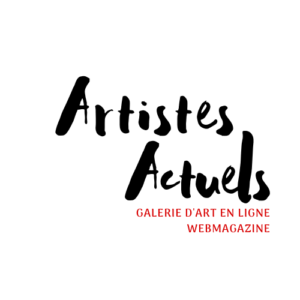
The editorial team
The thrill of artistic discoveries

